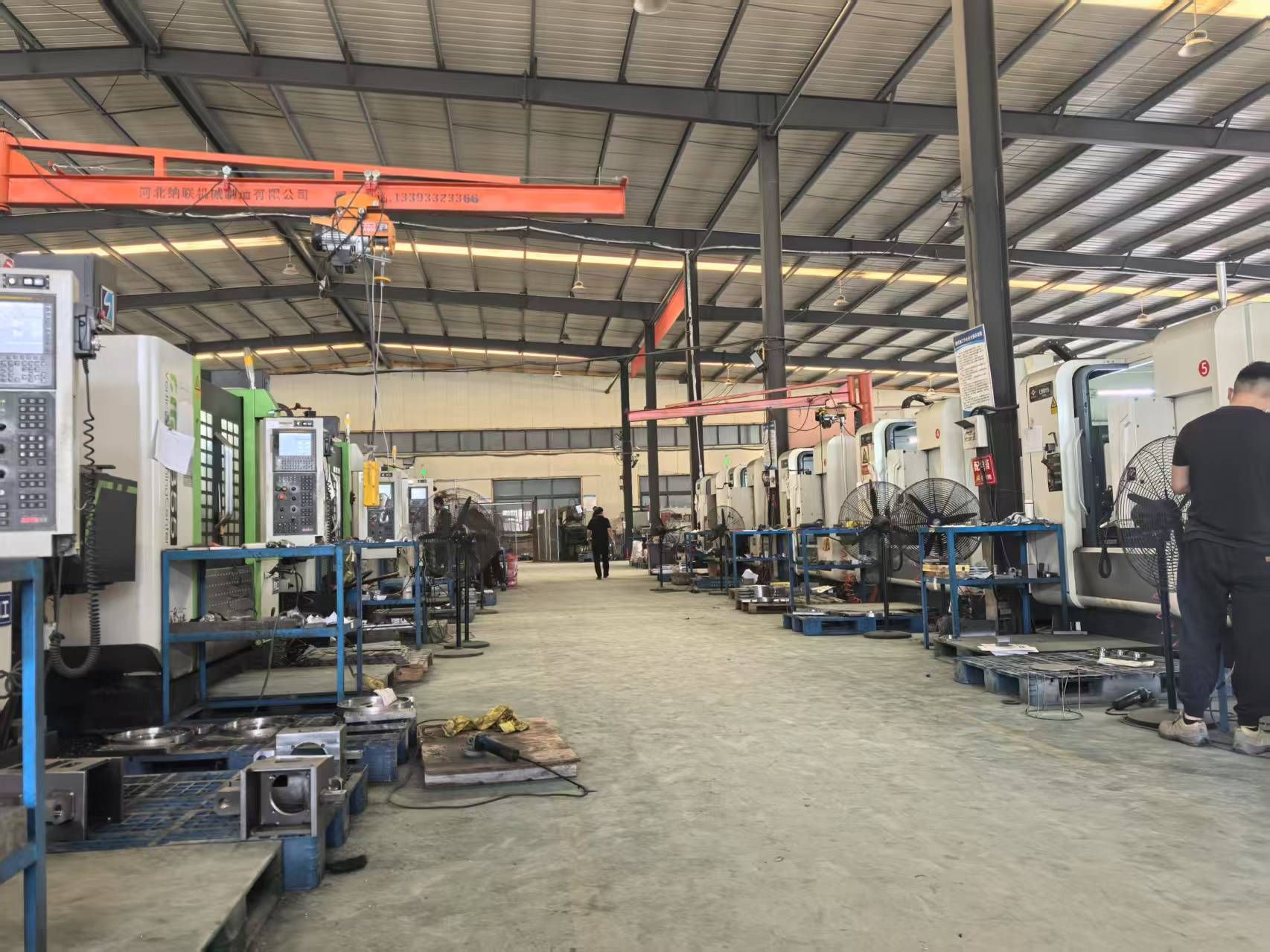CNC technology strength
Industry represents a country's developed capabilities, and cnc machining manufacturing represents the degree of development of this industry, his level of development directly determines a country's manufacturing capacity. Germany to build a century of industrial heritage of precision manufacturing benchmark, Japan with technological innovation and industry chain synergy to occupy the market high ground, the United States relying on scientific research strength to lead the high-end applications, China is a rapid momentum to realize the low-end breakthrough and high-end breakthrough. With their respective "killer app", they have a place in the global CNC technology field.
Germany is as an old industrial powerhouse, precision is synonymous with it. Siemens CNC system with excellent computing power and high-precision control, become aerospace, automobile manufacturing and other high-end industry "heart"; Heidenhain nano-scale feedback components for machine tools equipped with accurate "eyes". The model of deep integration of industry, academia and research is even more like a tiger with wings. The long-term cooperation between RWTH Aachen University and enterprises such as Demagi continuously promotes advanced technologies such as five-axis linkage and high-speed milling, while the strict quality standard system ensures that every machine tool becomes a reliable "industrial heavy weapon".
¨NBSP;

Japan is known for its flexible market sense and strong independent research and development capabilities, Fanuc occupies more than half of the world's mid-range and high-end CNC system market, its product features focus on powerful and convenient operation; Mitsubishi Electric with cost-effective system to win the favor of small and medium-sized enterprises. In the face of the iterative demand for 3C products, Okuma quickly introduced small machining centers with micron-level precision. In the perfect industry chain, core components such as THK guideways and NSK screws work closely with machine tool companies, so that Japan's CNC technology is always close to the pulse of the market.
The United States by virtue of the top research institutions and high-end manufacturing needs, in the field of CNC cutting-edge technology riding in the dust. Massachusetts Institute of Technology national research "giant", constantly breaking through nano-machining, atomic-level manufacturing and other technological limits. Extraordinary attainments in the military, aerospace field, giving rise to Haas five-axis machining centers, Gleason gear machine tools and other "big country"; Autodesk's CAM software and digital twin technology, the United States in the processing simulation and intelligent control is far ahead.
China, on the other hand, as a latecomer, is rewriting the CNC technology landscape at an astonishing speed. The huge scale of the industry has made it the "double champion" of global CNC machine tool production and consumption, with Huazhong CNC and Guangzhou CNC standing firm in the low-end and middle-end markets. With policy support, Beijing Precision Eagle's 0.1μm-level machining accuracy has broken the foreign monopoly, and the five-axis linkage system of KD CNC has been successfully applied in the aerospace field. The "Made in China 2025" strategy promotes the in-depth integration of CNC technology and artificial intelligence, and intelligent upgrades such as Internet of Things monitoring and fault early warning have allowed China to accelerate catching up in the intelligent manufacturing track.
From European precision workshops to Asian manufacturing clusters, from North American research laboratories to China's smart factories, CNC technology has never stopped the global race for supremacy. Countries with different development paths and core advantages, and jointly promote the manufacturing industry to higher precision, higher efficiency. In the future, how will this war without smoke evolve? What new technologies will become the key to break the game? It is worthwhile for us to pay attention to it.
